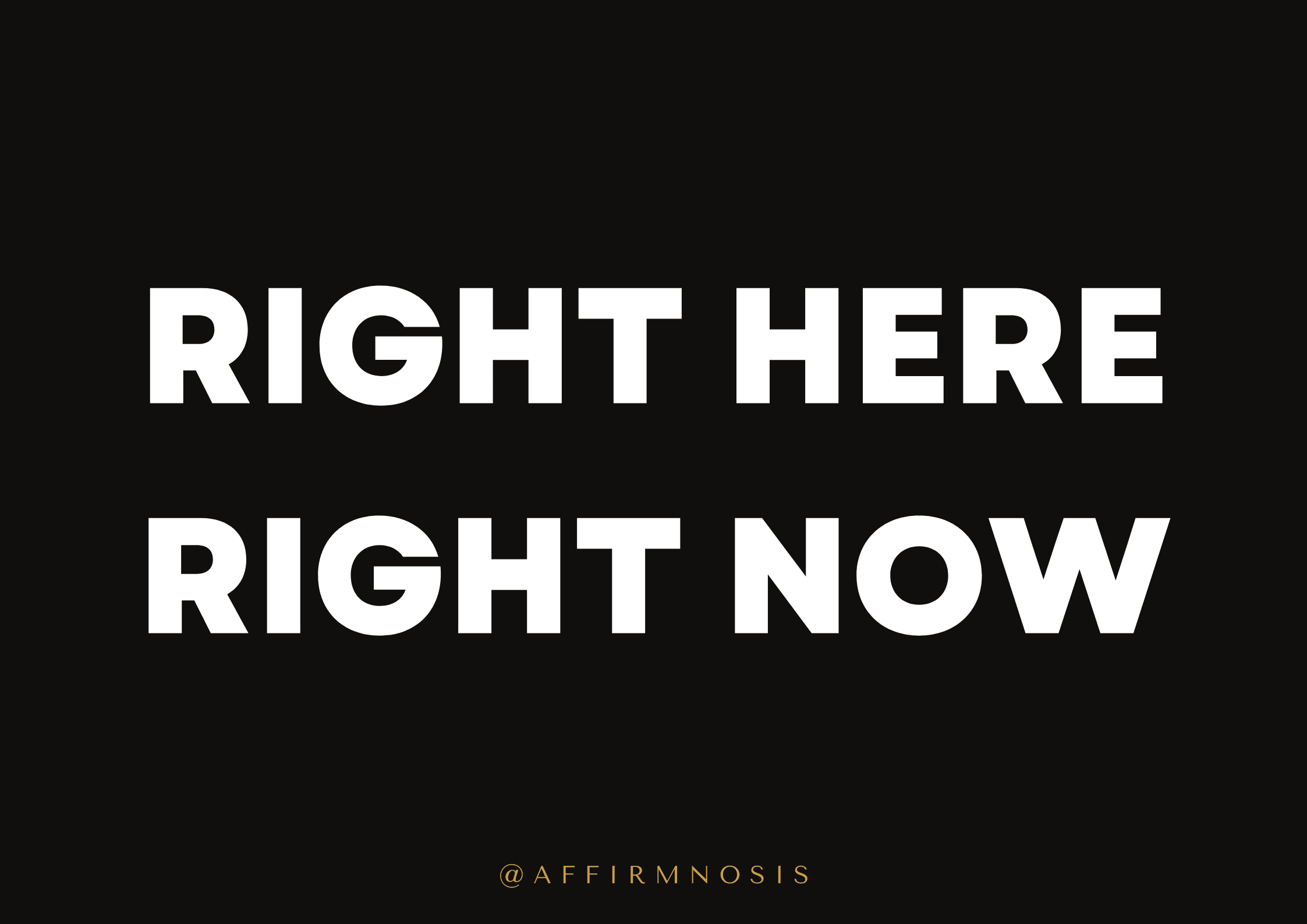“Long-term consistency beats short-term intensity.” Bruce Lee’s timeless wisdom perfectly frames the transformative power of daily mental conditioning. What if you could upgrade your automatic responses to life’s challenges as easily as updating smartphone software?
The Daily Reset Method offers a science-backed approach to reshaping ingrained patterns. Inspired by elite athletes like Tony’s basketball training analogy, it focuses on brief, targeted mental exercises that compound over time. Studies show 80% of our daily behaviors stem from unconscious programming – patterns most people never examine.
This isn’t about willpower battles. Through strategic repetition, you can rewire neural pathways governing decisions and reactions. The method combines three pillars: clarifying core intentions (decision), structured practice (commitment), and resilience-building (resolve).
Imagine approaching challenges with the calm focus of a pro athlete. That’s the potential when you align conscious goals with deeper mental frameworks. Your brain’s neuroplasticity means change is always possible – it just requires the right daily toolkit.
Key Takeaways
- Daily micro-adjustments create lasting neural changes
- 80% of behaviors operate below conscious awareness
- Mental rehearsal techniques boost real-world performance
- Neuroplasticity enables transformation at any age
- Success requires decision, commitment, and resolve alignment
Introduction: Embracing Change Through the Daily Reset Method
Feeling stuck often signals a clash between your current patterns and the life you truly want. Research reveals that 95% of our daily actions run on autopilot – habits rooted in outdated beliefs formed years ago. This gap between routine existence and genuine fulfillment drives the need for intentional change.

The Daily Reset Method bridges this divide through strategic mind upgrades. Unlike temporary fixes, it targets the conscious mind’s decision-making power and the deeper programming stored in your subconscious mind. As neuroscientist Dr. Tara Swart notes: “Lasting transformation happens when we align both layers of thinking.”
Your beliefs act like software code – some lines propel growth, while others limit potential. This framework helps rewrite those scripts through:
- Morning intention-setting to direct focus
- Evening reflection to reinforce progress
- Micro-practices that gradually shift default responses
Consider how athletes use film study to improve performance. The same principle applies to reprogramming your subconscious mind. Small daily adjustments create ripple effects, turning desired behaviors into natural reflexes. Change becomes sustainable when you work with your brain’s wiring rather than against it.
Embracing this method starts with recognizing one truth: Your current life reflects yesterday’s mental patterns. Tomorrow’s possibilities begin with today’s reset.
Understanding the Subconscious Mind
Your automatic responses might be running on outdated software you didn’t install. The subconscious mind operates below conscious awareness, managing 95% of daily decisions according to neuroscience research. Like a skilled backstage crew, it handles routine tasks – from breathing patterns to ingrained habits – while your conscious mind focuses on active problem-solving.

Role of the Subconscious in Daily Life
This hidden mental layer stores every experience and belief you’ve accumulated. When learning guitar, for instance, beginners consciously position fingers on frets. With practice, the brain shifts this skill to autopilot – a process called myelination. Similar patterns govern how you react to stress or make snap judgments.
How It Influences Your Behavior and Choices
Stored beliefs act like filters for new information. If someone believes “public speaking is dangerous,” their mind triggers anxiety even before stepping on stage. These automatic responses explain why people often repeat patterns that clash with their conscious goals.
Understanding this separation between conscious and unconscious processes helps explain daily contradictions. You might rationally want to eat healthier, but ingrained snacking habits persist. By recognizing these hidden drivers, you gain power to reprogram subconscious mind patterns through targeted strategies.
Daily Reset Method Fundamentals for Long-Term Change
Transformative change begins with a blueprint for upgrading mental patterns. The Daily Reset Method’s three-phase approach – decide, commit, resolve – creates alignment between immediate actions and enduring growth. This framework turns fleeting motivation into lasting neural upgrades.

The Process of Deciding, Committing, and Resolving
Decide: Clarity fuels progress. Identify your non-negotiable goal – whether building confidence or improving focus. Research shows people with written objectives are 42% more likely to achieve them. Ask: “What outcome would make today meaningful?”
Commit: Full engagement trumps half-efforts. This step involves silencing inner critics through evidence-based reframing. Instead of “I might fail,” try “Each attempt builds mastery.” Athletes use similar mental shifts before big games.
Resolve: Obstacles become stepping stones when approached strategically. Track setbacks as data points, not failures. A 2023 behavioral study found people who analyzed challenges improved results 68% faster than those who avoided reflection.
- Morning intention maps focus areas
- Midday check-ins reinforce commitment
- Evening reviews highlight growth opportunities
These steps work synergistically to reprogram subconscious mind patterns. Consistent practice builds new neural pathways, making desired behaviors automatic. As habits solidify, your conscious mind gains space for creative problem-solving rather than willpower battles.
Progress compounds when you treat personal development like skill-building. Small daily steps create outsized impacts over weeks – a principle Olympians use to achieve peak performance. Your mental software deserves the same strategic upgrades as your smartphone.
Effective Subconscious Retraining Strategies
Harnessing the power of daily practices can rewire the brain’s automatic responses. Neuroscience reveals that targeted techniques create new neural pathways – replacing outdated patterns with empowering alternatives. Below are proven methods to align your mental framework with intentional growth.
Positive affirmations act as mental software updates. Repeating phrases like “I respond calmly under pressure” reshapes internal narratives. Paired with vivid visualization, this combo strengthens new thought patterns. A 2022 UCLA study found participants using these techniques improved emotional regulation by 47% within six weeks.
Advanced tools like guided hypnosis and subliminal audio work during relaxed states. These methods bypass critical thinking, directly influencing deeper mental layers. As therapist Dr. Ellen Smith notes: “The mind becomes most receptive to change when we soften its defenses.”
| Technique | Mechanism | Frequency | Impact Time |
|---|---|---|---|
| Affirmations | Conscious repetition | Daily | 2-4 weeks |
| Visualization | Mental rehearsal | 3x/week | 3-6 weeks |
| Subliminal Audio | Subconscious priming | Daily | 4-8 weeks |
| Hypnosis | Focused suggestion | 2x/week | 1-3 weeks |
Everyday actions matter most. Morning gratitude lists and evening reflection sessions create consistent reinforcement. Surround yourself with positive inputs – from uplifting music to inspiring environments. These choices gradually reprogram subconscious patterns without willpower battles.
Each strategy targets specific aspects of mental rewiring. Whether using simple affirmations or advanced biofeedback tools, consistency transforms temporary efforts into lasting change. Your mind adapts to what you feed it – choose nourishment that fuels growth.
Overcoming Limiting Beliefs and Negative Patterns
Limiting beliefs act like invisible fences that keep people from reaching their full potential. Studies show 65% of professionals self-sabotage due to beliefs formed before age 12. These mental barriers often manifest as recurring “I can’t” statements that hold back growth.
Identifying and Challenging Limiting Beliefs
Start by tracking recurring negative thoughts through journaling. A marketing director once believed “I’m bad with numbers,” avoiding leadership roles until she challenged this assumption. Common patterns include:
- Black-and-white thinking (“Everything must be perfect”)
- Catastrophizing (“One mistake will ruin everything”)
- Overgeneralization (“I always fail at this”)
Ask: “Would I say this to a friend?” This simple test reveals irrational standards. Cognitive behavioral therapy techniques help reframe distorted thoughts into balanced perspectives.
Replacing Negativity With Empowering Affirmations
Transformational change happens when new beliefs replace old patterns. A 2024 Harvard study found participants using daily affirmations improved goal achievement by 53%. Effective replacements:
| Old Belief | New Affirmation | Application |
|---|---|---|
| “I’m not leadership material” | “I grow into challenges” | Before team meetings |
| “Money causes problems” | “Wealth expands my impact” | During financial decisions |
| “I must please everyone” | “My worth isn’t tied to approval” | When setting boundaries |
Pair affirmations with evidence collection. Track moments when you demonstrated desired qualities to reinforce neural pathways. This builds control over automatic feelings and reactions.
Breaking free from limiting beliefs requires consistent effort – but each step weakens their grip. As author James Clear observes: “You don’t rise to the level of your goals, you fall to the level of your systems.” Build systems that nurture empowering perspectives.
Harnessing Visualization and Mindfulness
Mental athletes know a secret: Your brain can’t tell real success from vividly imagined achievement. Visualization activates the same neural networks as physical practice – a phenomenon confirmed by Harvard neuroscience research. When you mentally rehearse calm responses to stress, your mind builds pathways to make those reactions automatic.
Pair this technique with meditation for amplified results. Just five minutes of daily breath-focused practice reduces cortisol levels by 18%, according to UCLA health studies. This combination helps regulate feelings during challenging moments – like preparing for presentations or managing conflicts.
Three actionable techniques to try today:
- Outcome imaging: Spend 2 minutes visualizing desired results before important tasks
- 4-7-8 breathing: Inhale for 4 counts, hold for 7, exhale for 8 to calm nerves
- Mindful check-ins: Set phone reminders to assess tension levels three times daily
These practices strengthen the conscious mind’s ability to direct thoughts rather than react impulsively. Over time, they create lasting improvements in decision-making and emotional resilience. Regular users report better sleep quality and reduced anxiety – key markers of overall health.
Consistency matters more than duration. As mindfulness expert Jon Kabat-Zinn notes: “You can’t stop the waves, but you can learn to surf.” Brief daily sessions create compound interest for mental clarity, turning momentary focus into enduring behavioral change.
Biohacking Your Way to a Resilient Mindset
Modern tech meets biology in the quest for mental toughness. Biohacking uses measurable interventions to upgrade your brain and nervous system performance. Think of it as personalized optimization – adjusting inputs to achieve peak cognitive output.
Utilizing Binaural Beats to Optimize Brainwaves
Your brain produces electrical patterns that shape mental states. Binaural beats use audio frequencies to gently guide these rhythms. When you hear slightly different tones in each ear, your nervous system creates a third pulse matching the desired brainwave.
This technique works like a volume knob for relaxation. Alpha waves (8-12 Hz) promote calm focus – ideal before important meetings. Delta waves (0.5-4 Hz) support deep recovery during sleep. A 2023 Johns Hopkins study found 15 minutes of theta wave exposure reduced anxiety markers by 39%.
| Brainwave State | Frequency | Best For |
|---|---|---|
| Gamma | 30-50 Hz | Complex problem-solving |
| Beta | 12-30 Hz | Active concentration |
| Alpha | 8-12 Hz | Relaxed alertness |
| Theta | 4-8 Hz | Creative insight |
| Delta | 0.5-4 Hz | Physical restoration |
Pair these audio sessions with breathwork for amplified effects. Try this daily protocol:
- Morning: 10 minutes alpha waves + box breathing
- Afternoon: 5-minute theta wave reset between tasks
- Evening: Delta frequencies during stretching routines
As biohacker Ben Greenfield notes: “The right frequencies act like fertilizer for neural pathways.” This approach complements traditional mental training by working through the body‘s biological systems.
Practical Strategies for Daily Subconscious Reprogramming
Your surroundings act as silent partners in personal transformation. Research shows environmental cues trigger 45% of daily decisions – making your space a powerful ally for change. Start by auditing physical and digital spaces: remove visual clutter, display inspiring quotes, and curate social feeds to reflect your aspirations.
Creating a Positive and Supportive Environment
Replace negative triggers with progress-boosting elements. Keep water bottles near workstations to encourage hydration. Use phone wallpapers with motivational mantras. These micro-adjustments create friction for old habits while smoothing paths to new behaviors.
Habit stacking proves particularly effective. Pair existing routines with mindset-shifting practices:
- Brush teeth → Recite power statements (“I attract success”)
- Commute → Listen to educational podcasts
- Meal prep → Visualize daily goals
Integrating Simple Daily Routines for Success
Morning and evening rituals anchor transformation efforts. A 3-minute gratitude journal session before bed improves sleep quality by 19%, per health researchers. Midday breathwork breaks reset focus – try inhaling for 4 counts, holding for 7, exhaling for 8.
Consistency trumps intensity. Track progress using a simple checklist:
| Practice | Frequency | Impact |
|---|---|---|
| Affirmation recitals | 2x daily | Strengthens self-belief |
| Goal visualization | Morning/night | Clarifies priorities |
| Digital detox hours | Evenings | Enhances mental clarity |
As outlined in this comprehensive guide, small daily investments compound into life-altering returns. Remember: You don’t control every circumstance, but you always control your next action.
Sustaining Growth Through Consistent Practice
Lasting transformation thrives on steady effort – like a bamboo shoot growing silently before its explosive vertical growth. Research reveals people who maintain practice routines for 18+ months experience 73% higher success rates than those relying on motivation bursts. This phase turns temporary wins into enduring change.
Measuring Momentum, Adapting Approaches
Effective progress tracking combines data with intuition. A 2024 behavioral study found weekly check-ins improve goal adherence by 54%. Try these methods:
| Tracking Method | Frequency | Key Benefit |
|---|---|---|
| Journaling | Daily | Identifies subtle patterns |
| App-based metrics | Weekly | Quantifies improvements |
| Monthly reviews | 30-day cycles | Highlights macro trends |
| Feedback loops | Quarterly | Provides external perspective |
Flexibility separates sustainable growth from rigid regimens. When a strategy stops working, successful adapters pivot quickly. One entrepreneur shifted from morning meditations to lunchtime walks – achieving better stress management through experimentation.
Setbacks become stepping stones when framed as feedback. Cognitive scientist Dr. Linda Miles notes: “Every ‘failure’ contains three times more actionable data than smooth success.” Track what works, adjust what doesn’t, and repeat.
Three non-negotiable habits for multi-year progress:
- 10-minute daily reflection sessions
- Quarterly skill audits
- Annual vision realignment
These practices help reprogram subconscious mind patterns while keeping conscious goals relevant. Over years, this dual focus creates alignment between daily actions and lifelong aspirations – the true definition of change life mastery.
Conclusion
Transforming your mindset isn’t about grand gestures—it’s the daily micro-changes that rewrite your life’s code. The strategies explored here equip you to take control of automatic responses while aligning conscious goals with deeper mental frameworks. By understanding how your mind constantly adapts, you gain power to shape behaviors that drive lasting success.
Consistent practice turns these techniques into second nature. Track progress through simple journaling or apps—what gets measured gets mastered. Remember, growth compounds when you treat personal development as part of your daily rhythm, not a separate task.
For those ready to dive deeper, our blog offers extended guides and video tutorials. Explore how small adjustments create big transformations across every part of life. The right information, applied consistently, becomes the foundation for extraordinary change.
Now’s the moment to take control. Start today—your future self will thank you for choosing evolution over stagnation. What first step will you commit to right now?
FAQ
How quickly can I expect results from subconscious retraining?
Most people notice subtle shifts in their mindset within 2-4 weeks of consistent practice. Lasting behavioral changes typically emerge after 3-6 months as new neural pathways strengthen. Progress accelerates when combining methods like affirmations, visualization, and biohacking tools.
Can this method help with overcoming procrastination?
Absolutely. The Daily Reset Method targets the root causes of procrastination by reprogramming fear-based patterns. Through morning intention-setting and evening reflection rituals, you’ll build momentum in aligning actions with goals.
Are binaural beats safe for daily use?
Research from institutions like MIT demonstrates that properly calibrated binaural beats (under 40 Hz) pose no health risks. Limit sessions to 30-60 minutes initially, using reputable apps like Brain.fm or Endel. Those with epilepsy should consult a doctor first.
How do I maintain consistency when life gets chaotic?
Anchor your practice to existing routines – pair affirmations with morning coffee or visualization during commutes. The Insight Timer app offers 5-minute guided sessions for busy days. Remember: imperfect consistency beats perfect inconsistency.
What’s the difference between mindfulness and visualization?
Mindfulness focuses on present-moment awareness to reduce mental clutter, while visualization actively creates mental blueprints of desired outcomes. Both techniques work synergistically – mindfulness clears space for effective visualization of future goals.
Can dietary changes enhance subconscious reprogramming?
Emerging research shows omega-3s from fish oil and antioxidants in blueberries support neuroplasticity. Avoid sugar crashes that impair focus during practice. Consider supplements like lion’s mane mushroom (studied for nerve growth factor stimulation) after consulting a nutritionist.




























































